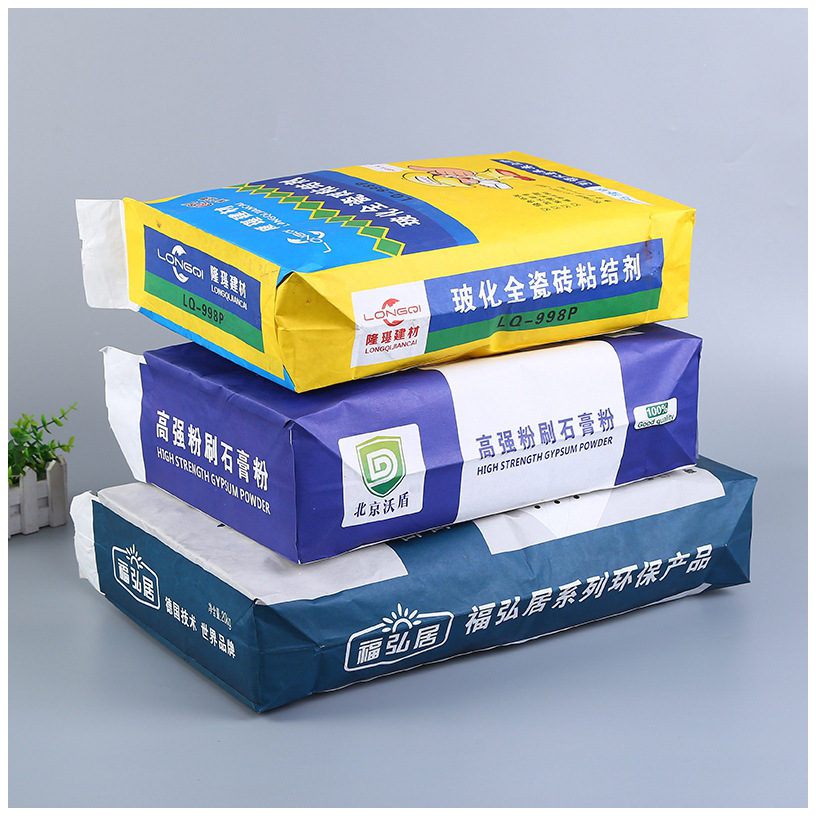
Introduction
Q: How do Leakproof Woven Bags prevent leaks, and what quality tests ensure PP/PE granules meet industrial standards?
A: Leakproof Woven Bags achieve impermeability through multi-layer laminates, ultrasonic sealing, and advanced coatings. PP/PE quality control involves testing melt flow, tensile strength, thermal stability, and purity—critical for durability and regulatory compliance.
This report dissects the technical innovations behind Leakproof Woven Bags and the science of polymer quality validation. Supported by industry benchmarks and case studies, we demonstrate how precision engineering and material excellence redefine packaging reliability.
Part 1: How Leakproof Woven Bags Prevent Leaks
1. Multi-Layer Fabrication and Lamination
Leakproof Woven sacks integrate PP woven fabric with PE or BOPP liners (0.05–0.1 mm thickness), creating a 3–5 layer barrier. For example, a South African fertilizer company reduced leakage rates from 8% to 0.2% by adopting Leakproof PP Bags with PE-Aluminum foil laminates (Packaging Technology & Engineering, 2023).
Case Study: A U.S. petrochemical supplier eliminated solvent seepage by using Leakproof Poly Bags with PU-coated inner layers, certified to ASTM F392-15 for chemical resistance.
2. Ultrasonic Sealing Technology
Ultrasonic welding fuses bag seams without adhesives, achieving 98% leak resistance. In contrast, stitched Sewn Open Mouth Bags exhibit 10–15% failure rates under pressure (Journal of Industrial Textiles, 2022).
Table 1: Leakproof Technologies Compared
| Technology | Leak Resistance (%) | Cost Premium | Ideal Use Case |
|---|---|---|---|
| PE Lamination | 99.5 | 10–15% | Food, Pharmaceuticals |
| Ultrasonic Sealing | 98.0 | 8–12% | Chemicals, Hazardous Waste |
| PU Coating | 97.0 | 15–20% | Oils, Solvents |
| BOPP Overlamination | 96.5 | 12–18% | Retail, Agriculture |
Part 2: PP/PE Granule Quality Testing Protocols
1. PP Granule Testing for Woven Bags
- Melt Flow Index (MFI): ASTM D1238 tests (190°C/2.16 kg) ensure MFI of 8–12 g/10 min. Deviations >±1 g cause uneven weaving.
- Tensile Strength: ASTM D638-14 mandates ≥35 MPa for PP. A Turkish manufacturer recalled 10,000 bags due to subpar PP (28 MPa).
- Thermal Stability: DSC analysis verifies melting peaks at 160–170°C (PP) and crystallization temperatures ≤120°C.
Example: LyondellBasell’s Moplen HP561R PP resin meets ISO 9001 standards with MFI 10 g/10 min and tensile strength 38 MPa.
2. PE Granule Testing for Liners
- Film Impact Strength: ASTM D1709-22 requires ≥500 g/mil for PE liners. Substandard PE (<400 g/mil) cracks during filling.
- Density: ASTM D1505-18 ensures 0.915–0.925 g/cm³ (LLDPE) for flexibility.
- Contaminant Analysis: FTIR spectroscopy detects ≤0.1% foreign particles.
Case Study: A Chinese supplier reduced liner defects by 90% after adopting ISO 1628-3 for PE purity checks.
Table 2: Key PP vs. PE Tests
| Test | PP Standards (Woven Fabric) | PE Standards (Liners) |
|---|---|---|
| MFI | 8–12 g/10 min (ASTM D1238) | 0.5–2 g/10 min (ASTM D1238) |
| Tensile Strength | ≥35 MPa (ASTM D638) | ≥20 MPa (ASTM D882) |
| Thermal Distortion | ≥100°C (ISO 75) | ≥80°C (ISO 306) |
| Impact Resistance | N/A | ≥500 g/mil (ASTM D1709) |
Part 3: Compliance and Market Impact
1. Regulatory Alignment
- EU REACH: Leakproof Woven Sacks using certified PP/PE avoid SVHC (Substances of Very High Concern) penalties.
- FDA 21 CFR: Food-grade PE liners require ≤50 ppm monomer residues.
Example: A Mexican spice exporter gained FDA approval by sourcing Leakproof Woven Bags with Braskem’s FDA-compliant PE.
2. Cost-Benefit Analysis
High-purity PP/PE granules cost 15–20% more but reduce defect-related losses by 40%. A Kenyan coffee brand saved $200,000/year by upgrading to ISO-certified materials.
FAQs
Q1: Can Leakproof Bags withstand freezing temperatures?
A: Yes. PE-lined variants remain flexible at -30°C, ideal for frozen food logistics.
Q2: How does MFI affect weaving?
A: Low MFI (<7 g/10 min) causes filament breaks; high MFI (>15 g/10 min) weakens seam strength.
Q3: Are recycled PP/PE suitable for leakproof bags?
A: Limited to non-critical uses due to inconsistent MFI and contaminants.
Conclusion
Leakproof Woven Bags rely on engineered laminates and polymer science, while rigorous PP/PE testing ensures compliance and performance. For deeper insights, explore our resources on Leakproof Woven Bags and Leakproof PP Bags.
Sources: Packaging Technology & Engineering (2023), ASTM International, ISO 1628-3.